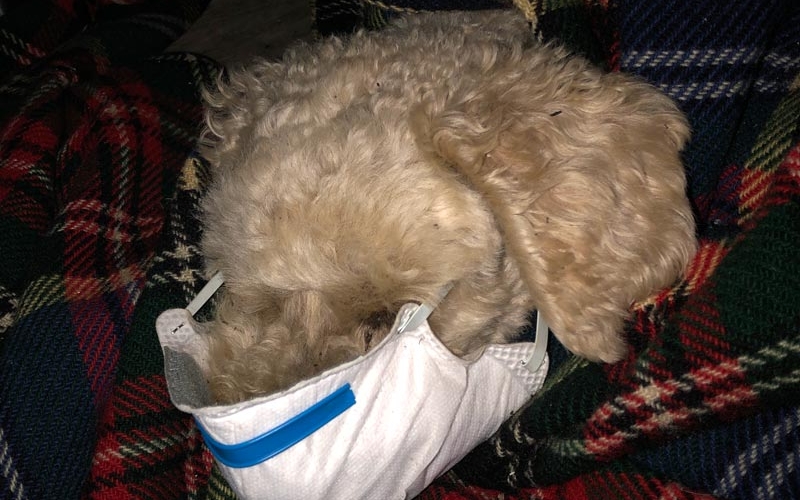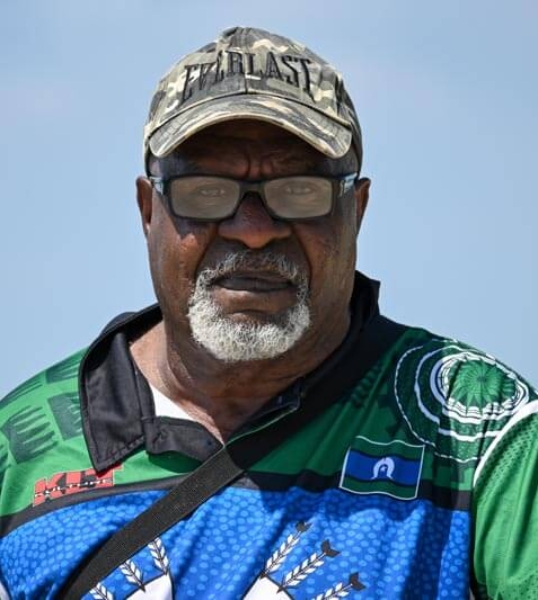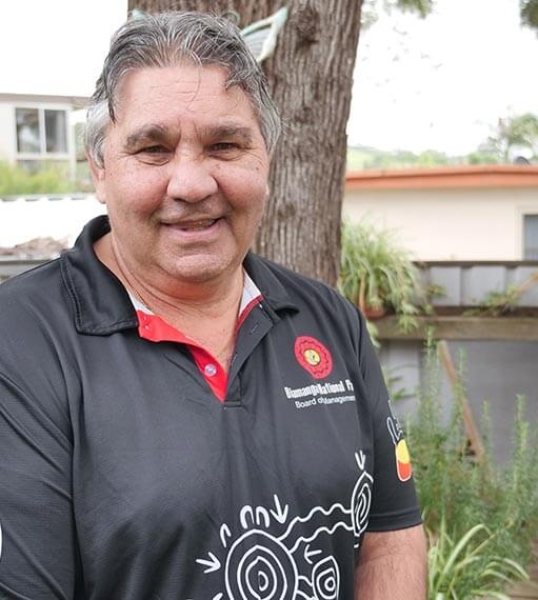




I knew I didn’t have the resources to defend my home. I locked up the house and thought to myself ‘I just hope I can walk back in’.
Mallacoota, VIC
My name is Jann Gilbert. I’m a marine biologist living in Mallacoota, in far-east Victoria, not far from the New South Wales border. I was here when the Black Summer bushfires came through and tore the Southeast coast apart.
Mallacoota is a town of just over 1,000 people. But in the holidays we’re joined by thousands of tourists. That summer was no different – we had over 8,000 people in town.
The week leading up to the fires there wasn’t a cloud in the sky. It was very hot and very dry. I remember that the clay soil was like concrete – you couldn’t have put a shovel in it.
The authorities were completely unprepared. By the time the council told the tourists to evacuate, the fire was coming up the Princes Highway and people could only go north. Thousands of people were stranded.
I knew I didn’t have the resources to defend my home. So I put all the sprinklers on the house to try and wet down everything I could – the house, the deck, the yard. I locked up the house and thought to myself ‘I just hope I can walk back in’.
I spent the night on the foreshore, sleeping on the grass. When I woke up the next morning everything was pitch black because of the soot carried ahead of the fire. Then as the fire got closer there was this eerie red glow.
The wind is something I’ll never forget. The fire was generating its own wind system. It was so strong that all of the rubbish was being swept up and carried into the sea. I’ve spent a lifetime examining plastic in the stomachs of seabirds, so to see that was just awful.
I can never remember how long we were in the evacuation area. None of the people there knew what was happening to their houses. There were all sorts of rumours going around – ‘This has gone, that’s gone’. At one point I thought I’d lost my boat, my van and my house, but it turned out that I’d just lost my house.
By the time I returned home, I knew my house was gone. But seeing the wreckage was still a shock. I was driving up the road and there used to be houses all the way up but there were no houses any more. Everything was just blackened, still smoking, roofs collapsed in on themselves.
We didn’t see the sun for sixteen days. Days later I went walking on the beach and there were thousands of dead birds suffocated by the smoke. Ash was washing up on the shore for months. We go up and down the coast fairly regularly and huge swathes of land in either direction still haven’t recovered.
Now, if there’s any severe weather, like the wind is too strong, it’s raining too hard or it’s too hot, I get panicky. You tell yourself don’t think about the worst because it may never happen. Well it did happen.
I’m still angry about quite a lot of things because this disaster – and the other disasters since – could have been avoided. In Australia the government doesn’t worry about things until they happen. Senior fire chiefs were warning the government about the risk and were ignored. Well we can avoid the worst of climate change, but we have to act now. Right now.
Hundreds of people from across the country are sharing their stories to send a clear message to the Australian government - it's time for real action on climate change.
Every story appears as a point on this map. Click around to read how climate change is affecting our communities, and add your own story to the map.

Summers are no longer carefree. We are constantly on edge, constantly watching weather reports, constantly ready to to go.
Read my storyPeople all across Australia are being harmed by climate change. These are some of their stories.















